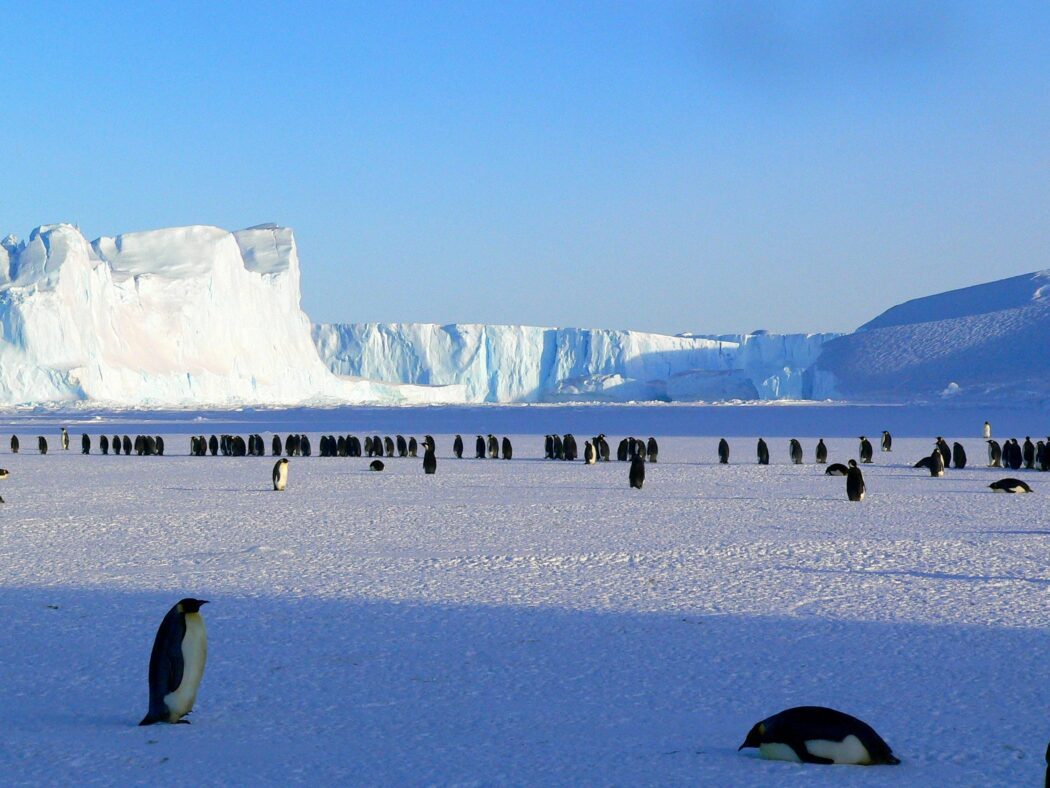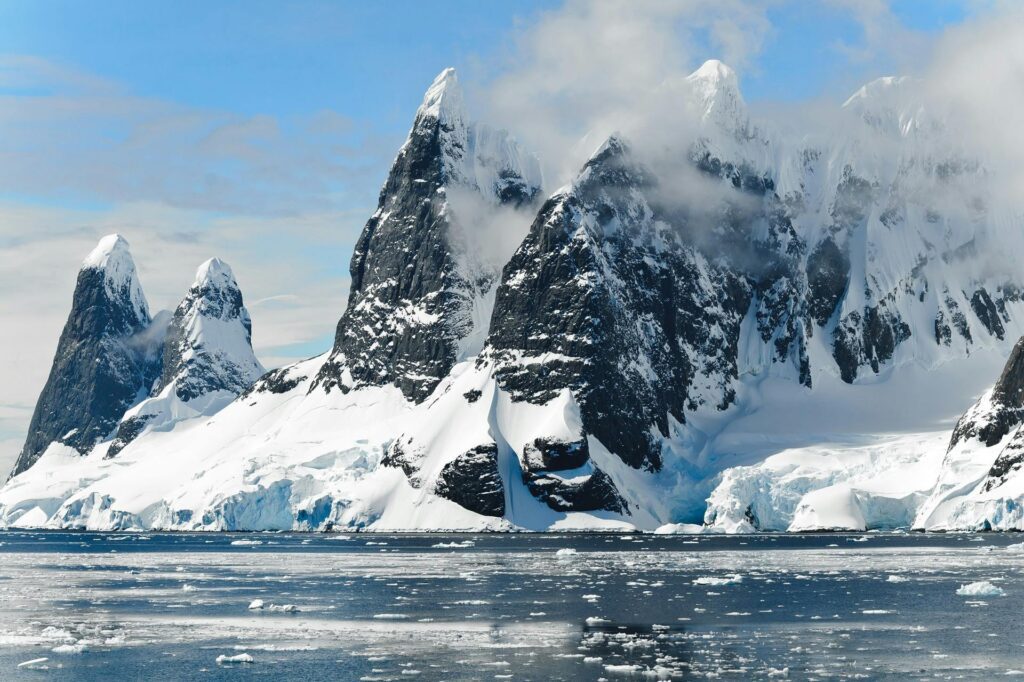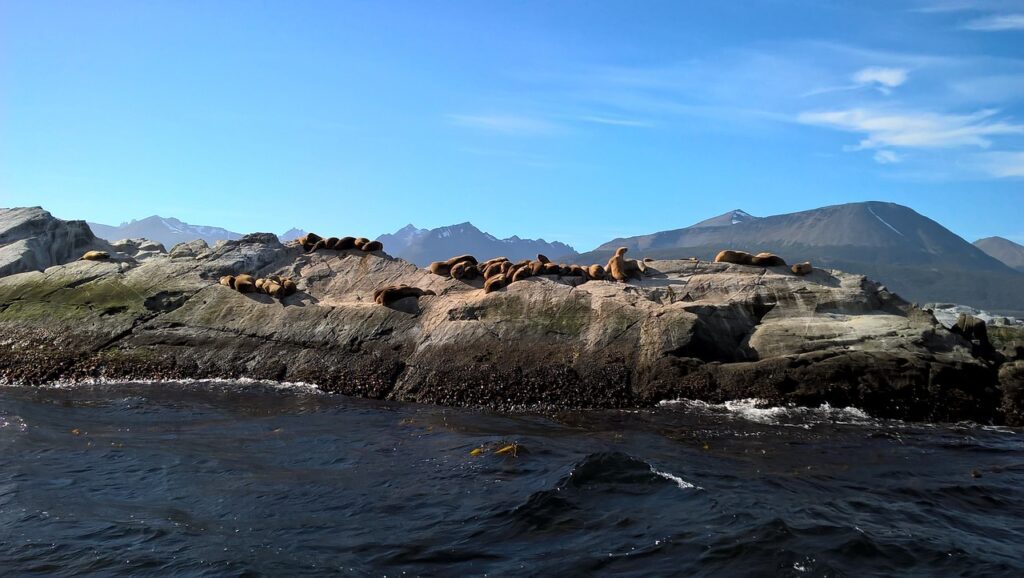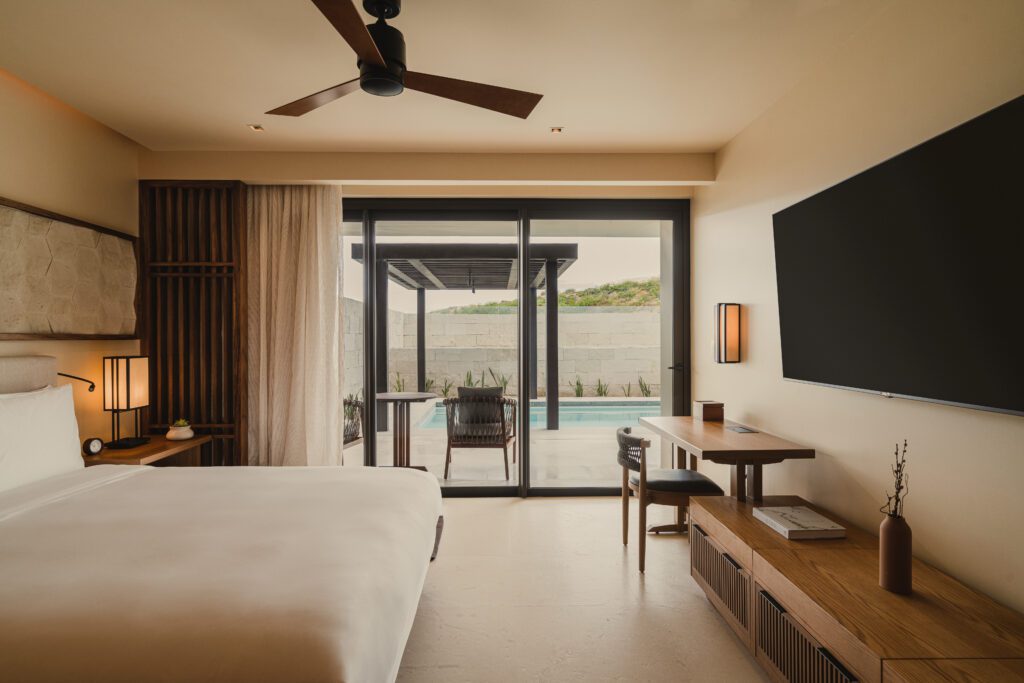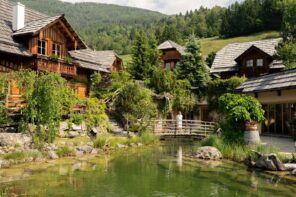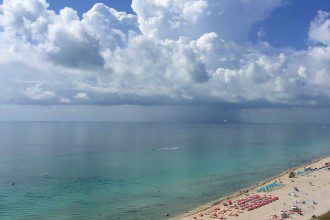Most people visualise Antarctica as a desolate,frozen and bitterly cold wasteland,littered with rocks and huge blocks of floating ice,where nothing could ever grow or survive in such a harsh environment.
On the contrary,today Antarctica is considered to be the last remaining tracts of true wilderness with a delicate ecosystem that needs protection from exploitation,in order to save its amazing flora and fauna.
While the cold waters are rich in micro-organisms and crustacea like krill which attracts bigger marine mammals,the bird life is highly impressive and abundant and in some places the penguins are a sight to behold.
Getting there
The two main gateways to the frozen continent are Ushuaia in Argentina and Christchurch in New Zealand with the former being closer at a distance of 1000 km from the Antarctic Peninsula.
Out of the two, Ushuaia is more popular with borders as it is located in close proximity to Tierra del Fuego, a good spot to begin your birding trip to Antarctica.
When to go?
During the winter the polar ice blocks all ship traffic to to this region. The temperature too drops to negative degrees of celsius, therefore most birding tours in Antarctica are only possible between the months of November to March. December and January have the most sunlight 20+ hours a day and is best for penguin hatching for which cruises are booked months in advance. Mid February to March is less crowded and is best to spot whales as you have better access to areas further south due to the melting of the solar ice. The best deals on cruises are available at the beginning and end of the season but access to good birding spots may be limited during this period.
Distribution
Since seabirds flock in their thousands to the same breeding spot each year,the rocky cliffs of the Antarctic and sub Antarctic islands of South Georgia & the Falkland Islands make for a perfect spot to spot them. Here you will come across the same bird returning year after year performing stunning displays of courtship and diving into the polar waters to catch fish. Because there are few predators, the population of these southern seabirds has grown considerably and on a single day as many as 10,000 Antarctic Skuas can be seen perched on the crevices of the rugged cliff sides.
Birding on the go
As soon as your voyage to Antarctica starts, you will come across some incredible species from day one.
Ushuaia
If you have time, book some extra days in Ushuaia as it is home to some spectacular bird species like Magellanic Woodpecker, Austral Parakeet, Kelp Geese and the most southerly hummingbird the Green backed FireCrown.
The Beagle Channel
As you enter the Beagle Channel you will start to see some sea birds who spend their lives on the sea and only go inland to breed. You will see Northern Giant Petrel, Black-Briwed Albatross and Rock Shags and Imperial Cormorant on the island.
The Drake Passage
While the ocean movement makes sitting on the deck a bit unnerving while passing through the Drake’s Passage, it is worth going to the stern to see Northern and Southern Giant Petrels distinguished by their reddish and green beaks
Out on the ocean,you will soon spot the two giants of the bird world with wingspans of 10’ or more-the Northern Royal Albatross and the Southern Royal Albatross. Like the Petrels they are difficult to tell apart, except one has a black line on the bill and the other has a pink patch on the ear converts.
Also in the Drake’s Passage lookout for Grey-Headed Albatross, Light-Mantled Albatross and the truly beautiful Soft Plumaged Petrel and Prions hugging the waves with tiny Wilson’s Storm Petrels dancing over the wake.
Nearer to Antarctica
After traversing the Drake’s Passage, the colder Antarctic waters merge with the warmer waters of the sub-Antarctic region where you see some more different species of birds.
Here you will get the first glimpse of penguins and a trail of Cape Petrels in their black and white chequered plumage. Hidden among the large flock could be the Antarctic Petrel flying with their cousins.
As you approach Antarctica, the waters in the channel are calmer and the ocean species are rarely seen but begin to see birds endemic to the continent like Kelp Gulls, Brown and South Polar Skuas and Antarctic Shags. Also try to spot the white Plumaged Snow Petrel and watch flocks of Southern Fulmar flying low over the surface of the ocean.
Falkland Islands & South Georgia
Covering two incredible areas in one trip, discover a region of icebergs, pristine scenery and some of the most enchanting bird life in the Southern Hemisphere.
South Georgia is home to millions of penguins and nesting albatross and you can expect to visit some of the fascinating birding sites in the beautiful and protected Paradise Bay on a Zodiac cruise in search of Antarctic Terns, Blue-Eyed Shag and a large colony of Black-Browed Albatross on Steeple Jason, the most northeasterly of the Falkland Islands.
Some other star bird species you are likely to come across are Falklands Grass Wren, King Penguin, Striated Caracara, White-Bridled Finch, Black-chinned Siskin, Black-faced Ground Tyrant, Cobb’s Wren and the flightless Steamer Duck, Magellanic Penguin, Rockhopper Penguin, Gentoo Penguin, Xorrendera Pipit, Lipland Goose, Imperial Shag among others.
At Right Whale Bay in South Georgia apart from the penguins seen on the Falkland Islands,you can expect to see Southern Giant Petrels, Wandering Albatross, White-Chinned Petrel, Antarctic Prion and Black-Bellied Storm Petrels.
The Salisbury Plain in South Georgia you can find South Georgia Pintail, Brown Skua and at Shackleton Walk South Georgia Pipit, South Georgia Shag and Light-Mantled Albatross.
On Gold Harbor in South Georgia you can see Snowy sheathbill and both Northern and Southern Giant Petrels.
Antarctic Peninsula
On Hope Bay on the Antarctic Peninsula expect to see Adelie Penguin, South Polar Skua, Snow Petrel, Antarctic Shag, Antarctic Tern and Kelp Gull.
At Cierva Cove and Cuverville Island you will find some of the same species you may have seen elsewhere. In case you have missed out, expect to see Adelie Penguin, Antarctic Shag, Chin-strap Penguin, South Polar Skua and Brown Skua.
Trip Expectations
There is never any sure shot guarantee that you will see everything on your check list on any expedition,but given the diversity and abundance of bird life in Antarctica there is every chance you will get a high number of lifers and target species.

